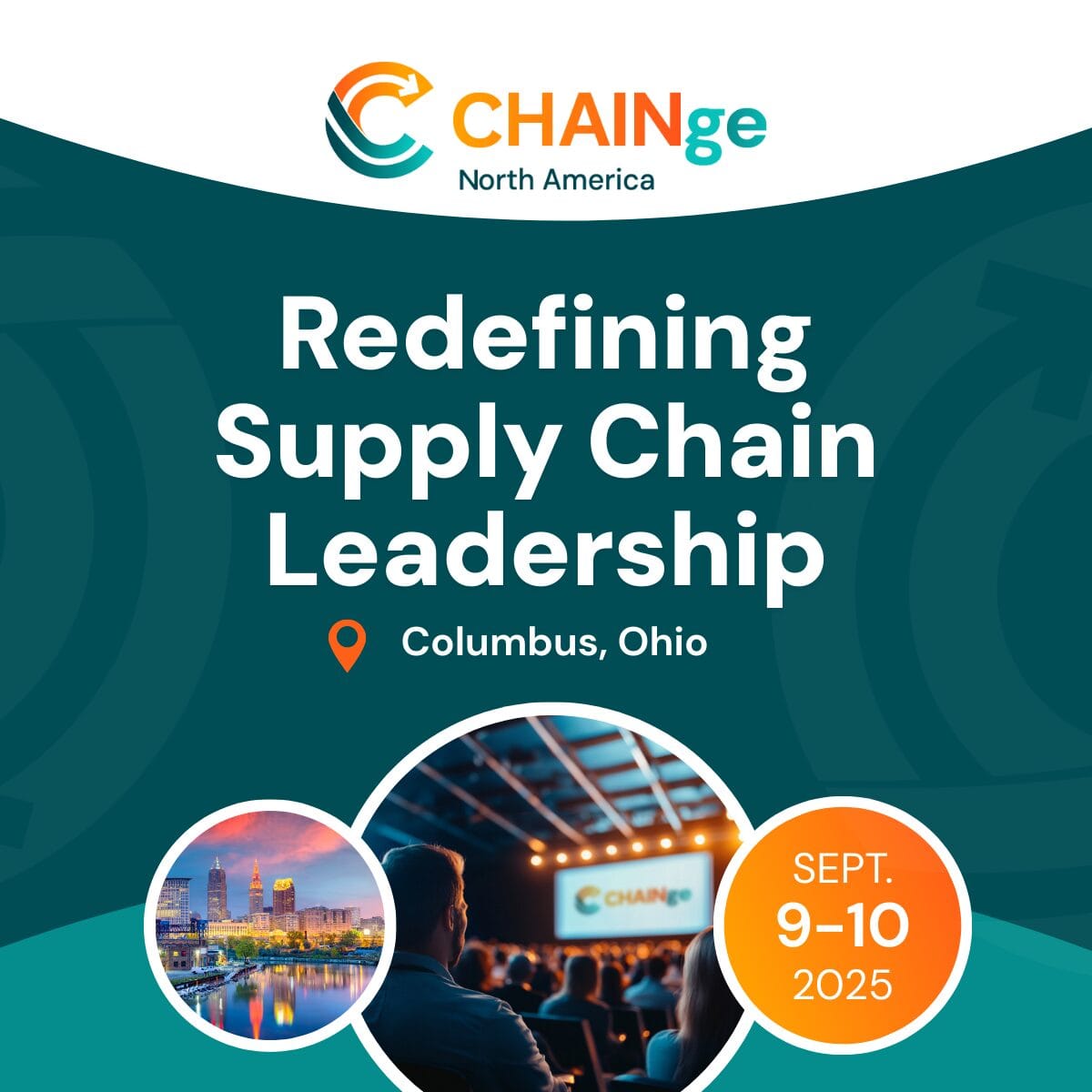Trends and innovations in supply chain and logistics. That’s what this blog is all bout. Therefore I bring you an overview of my highlights of the news this week on logistics start-ups and innovations below. Follow @LogisticsMatter on Twitter to stay up to date with the latest news and the best background stories. Last week it was Last-Mile Delivery, Platforms And Drones. This week it’s Self-Driving Trucks, Delivery Robots, and Robots in the Warehouse.
Rails and Roads (~ Ibrahim Maalouf)
Researchers in Karlsruhe are looking into new ways to improve the carbon footprint of freight transportation. They see rail as one of the key ways to make freight transportation greener. Currently, freight is moved by rail between ports and large freight hubs. The researchers want to see how they can use streetcars and light rail vehicles for moving freight. Light rail and streetcars move into and between cities and would be a sustainable alternative to delivery vans. Streetcars would have to be redesigned so they can move both cargo and people.
Another mode of transport that is responsible for a large carbon footprint is ocean freight. Ocean freight shipping has a larger carbon footprint than Germany. It is responsible for 2.2% of all global greenhouse gas emissions. The only way to lower ocean freight’s carbon footprint is to move away from fossil fuel-powered ships. There are alternatives, like solar, electric and hydrogen-powered vessels. And also wind-powered. This ranges from ships with wind propulsion systems that help save fuel to fully wind-powered vessels. For an overview of wind-powered shipping technology, I recommend checking out this article by former boatbuilder Andrew Willner.
The latest episode of the Does Logistics Matter?-Podcast that went live earlier this month featured Dutch Hyperloop scale-up Hardt. Last week I came across an article about Virgin Hyperloop, another Hyperloop company developing a Hyperloop transportation system. Europe is serious about harnessing the Hyperloop’s potential, as the EU included in its mobility strategy in December 2020. Because more companies are working on Hyperloop technology, they must agree on standards, so we don’t have different Hyperloop systems with different tubes.
All You Deliver (~ José González)
Drones could account for one-third of same-day package deliveries by 2040. According to a recent report by L.E.K. Consulting. Drones have featured in several earlier editions of Innovations and Start-Ups, and I expect them to feature in many more as companies keep developing drone-powered delivery systems. A consortium led by Skyfarer, O2, Cranfield University and others is starting a network of drones that will transport blood, organs, and other vital medical supplies to off-track and all-terrain locations.
In the meantime, on-demand grocery start-ups are changing urban logistics. Like Gorillas, Dija, and GoPuff, some of these start-ups promise to deliver these groceries within 10 minutes. These services mean an increasing need for urban fulfilment locations, according to JLL. While some of these companies will deliver orders from their own stock, we may also see a development where they will start delivering within 10 minutes for established retailers that can’t or won’t offer these services themselves.
An excellent example of a start-up sustainably improving urban logistics is URB-E. URB-E develops delivery networks in cities like New York, using compact containers on wheels pulled by electric bikes. URB-E’s containers replace an entire delivery van, reducing emissions by 100% and increasing delivery efficiency by 2-3 times. A single rider can move over 800 pounds of goods through city streets faster and more sustainably than traditional delivery trucks.
The last delivery story this week concerns Uber. After a court battle in the United Kingdom, Uber will now classify around 70,000 drivers in the UK as workers. This means that they will receive a minimum wage and some benefits. The United Kingdom is not the only country where drivers have fought for workers’ right to be seen. We have also seen these legal battles between food delivery companies and their drivers.
Food for Thought (~ UB40)
Many start-ups are trying to repair what is broken in our food supply chains. Some examples: Clear Labs is working on DNA-sequencing, Primitives is working on intelligent food packaging with built-in spoilage sensors, and SmartRiPE is developing a plastic container with a full RFID tag and wifi-enabled mass spectrometers.
According to Plant-Ag these start-ups are all only tackling a small part of the problem. Plant-Ag wants to build the whole food supply chain from the ground up, which for growing food kind of makes sense… The start-up wants to build a network of high-tech greenhouses across the United States, from which it will deliver fruits and vegetables within 72 hours of it being harvested. To accomplish this it wants to use a combination of blockchain technology and billions of gigabytes of data that it will collect from its high tech greenhouses.
Blockchain technology can also be used to improve shipping operations, and more specifically, it can make shipping paperless. Zim has invested in blockchain start-up Wave BL, which has developed an electronic bill of lading based on blockchain technology. Zim has been using Wave BL’s blockchain-based bill of lading since 2017. Wave BL’s platform mirrors the traditional transfer of paper documents and enables encrypted and authenticated digital documents transfer.






